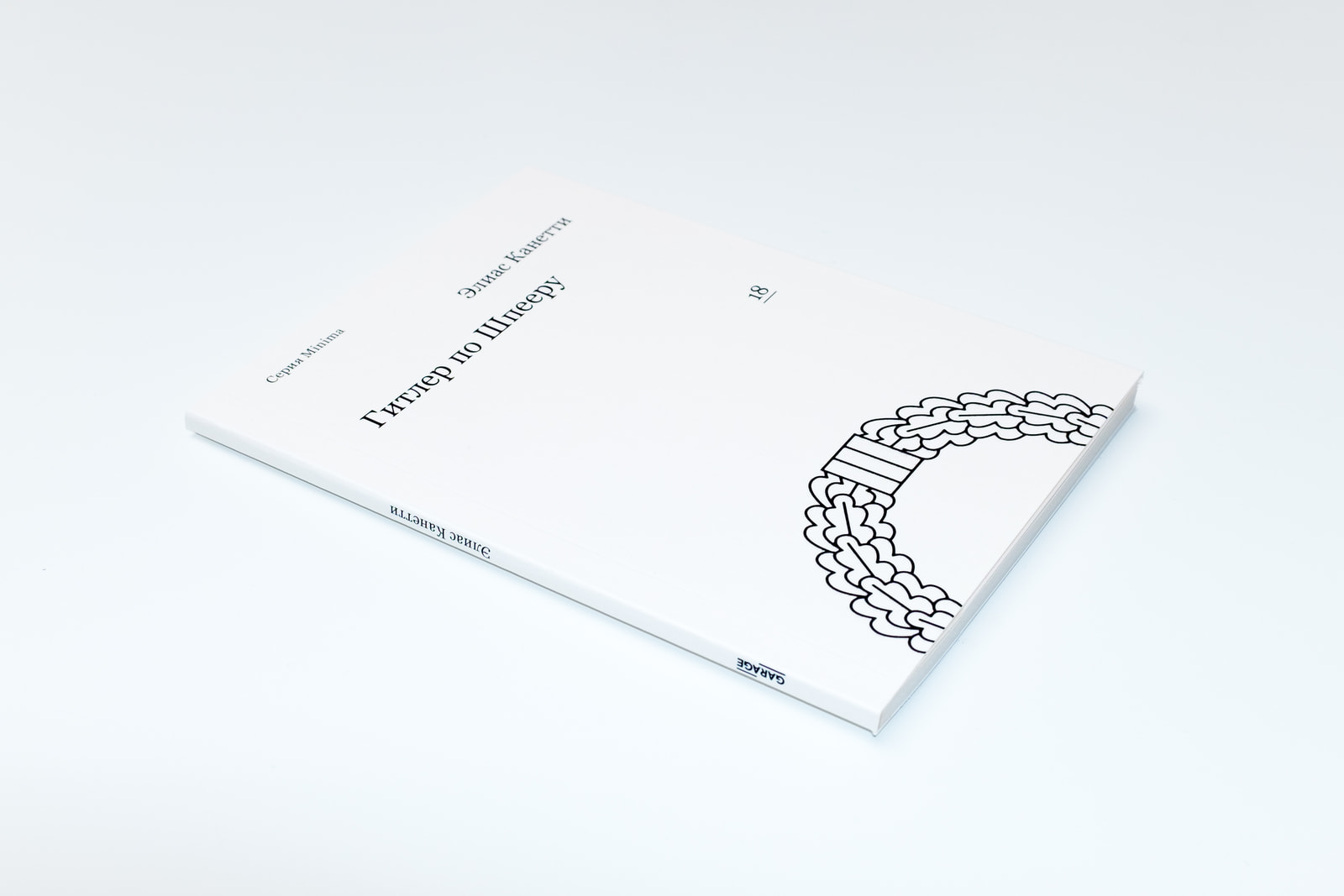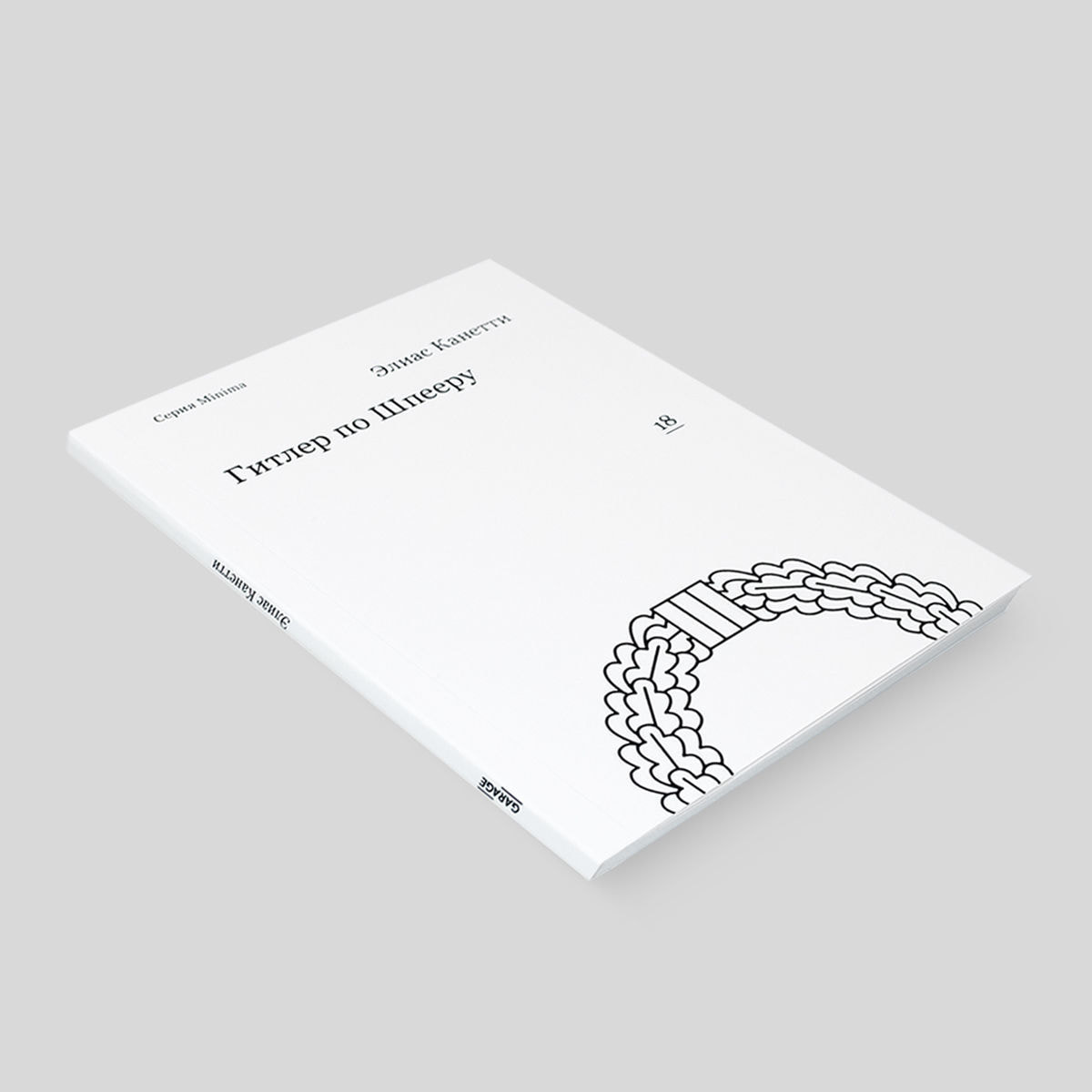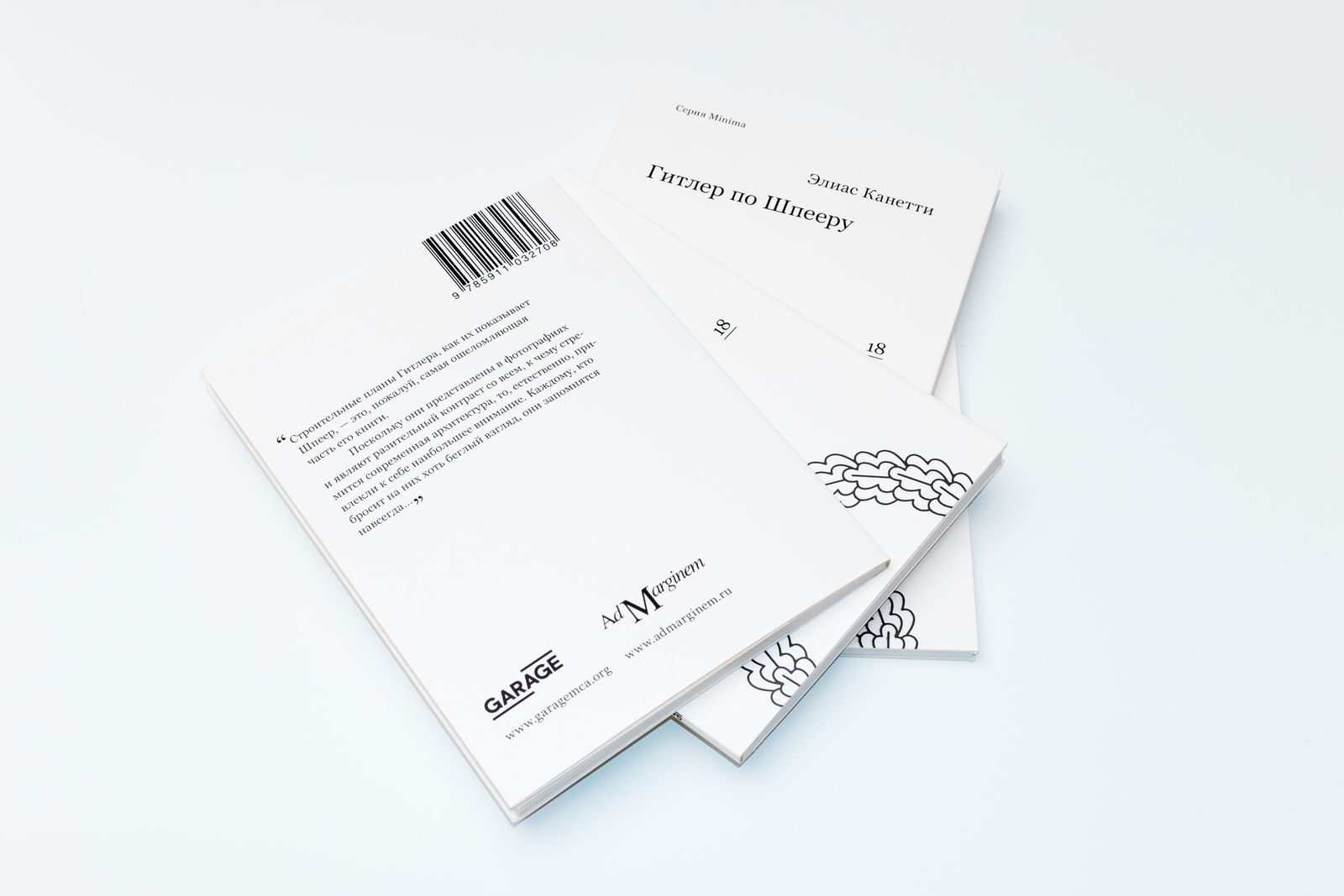Hitler’s urban planning analyzed from the perspective of crowds vs. power.
In Hitler, According to Speer (1971) Elias Canetti examines the image of Adolf Hitler in the memoires of Albert Speer (1905–1981), a German architect and Minister of Armaments and War Production during the Second World War. One of Hitler’s closest collaborators, Speer made plans for a major reconstruction of Berlin, which would be filled with colossal buildings symbolizing the might of the Third Reich.
Canetti discusses Speer’s projects in light of his own theory of “crowds and power.” The concept of crowds can be applied to various multitudes of people in relation to Hitler: the masses of Germans, and the future generations of Germans, he ruled; Germans who had died in the First World War; the masses of enemies who needed to be conquered and enslaved; the masses of Jews to be eliminated.
The enormous buildings designed by Speer were to contain and direct these huge crowds. Large squares would allow the crowds to grow, and so would the main avenue, 5 kilometers long and 120 meters wide, designed for parades. Cult places like a giant dome were to excite the crowds and keep them together. Such architecture would help the führer’s successors hold on to power after his death.
In discussing Hitler’s urban planning, Canetti points out several aspects that were essential for his regime. The main one was the close association of creation with destruction: the project that would lead to the demolition of numerous buildings appeared during peaceful times before the war started.
Another essential aspect was the striving for superiority. Everything had to surpass existing buildings in size: the triumphal arch had to be bigger than Paris’ Arc de Triomphe, the main train station would eclipse New York’s Grand Central Station, and the dome would be taller and larger than that of St. Peter’s Basilica in Rome. Although Hitler was passionate about enormous structures, Speer recalls, he was completely indifferent to residential and infrastructure projects.
Part of the essay is dedicated to the project of the triumphal arch: according to Hitler’s plan, carved into the arch would be the names of Germans who had died in World War I. In that way, Hitler would turn a defeat into a victory and symbolically change history.
As for Hitler’s maniacal belief in his own invincibility, Canetti explains it by the fact that to the führer, his life and his power were one thing. He writes, “the body of a person suffering from paranoia is their power: together with this power the body blooms or withers.” That is why Hitler was more interested in retaining the territories he had conquered than in the state of German cities during the war. By the end of the war, Speer was dumbfounded by his führer’s indifference toward his own people; Hitler seemed to care about Germans only while they were winning—when they started losing, he was dreaming of their total destruction, as if he did not want his nation to outlive him.
The essay ends with a discussion on the discrepancy between Hitler’s mania and reality. While at the beginning of the war Hitler could successfully impose his mania on his companions and the entire nation, later the gap between his beliefs and the real world became too large. While at first he could control the “reality of the future,” by the end his mad prophesies became unbearable to him.



